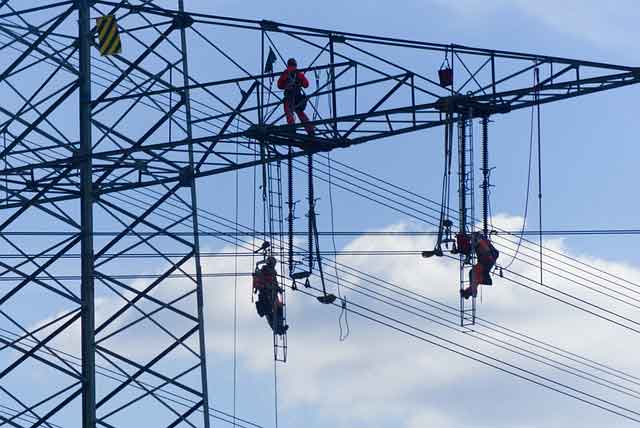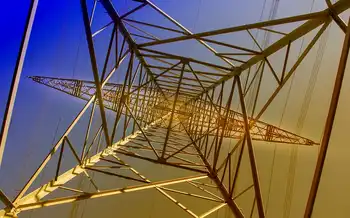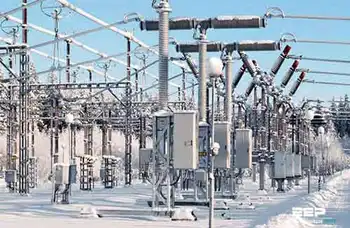Solar energy takes road to profitability
By Oakland Tribune
NFPA 70b Training - Electrical Maintenance
Our customized live online or in‑person group training can be delivered to your staff at your location.

- Live Online
- 12 hours Instructor-led
- Group Training Available
As climate change rises on the international agenda, the system built by the civil engineering firm Ooms Avenhorn Holding BV doesn't look as wacky as it might have 10 years ago when it was first conceived.
Solar energy collected from a 200-yard stretch of road and a small parking lot helps heat a 70-unit four-story apartment building in the northern village of Avenhorn.
An industrial park of some 160,000 square feet in the nearby city of Hoorn is kept warm in winter with the help of heat stored during the summer from 36,000 square feet of pavement. The runways of a Dutch air force base in the south supply heat for its hangar.
And all that under normally cloudy Dutch skies, with only a few days a year of truly sweltering temperatures.
The Road Energy System is one of the more unusual ways scientists and engineers are trying to harness the power of the sun, the single most plentiful, reliable, accessible and inexhaustible source of renewable energy - radiating to earth more watts in one hour than the world can use in a whole year.
But today, solar power provides just 0.04 percent of global energy, held back by high production costs and low efficiency rates.
Solar advocates say that will change within a few years.
Other renewable sources have drawbacks: Not every place is breezy enough for wind turbines; waves and tides are good only for coastal regions; hydroelectricity requires rivers and increasingly objectionable dams; biofuels take up land needed for food crops.
"But solar falls everywhere," says Patrick Mazza, of Climate Solutions, a consultancy group in Seattle.
Compared with other energy sources, "solar comes out as the one with the real heavy lift. It's the one we really need to get at," he said.
Ooms' thermal energy system is too expensive and inefficient to solve the world's energy problems. In fact, it was actually a spinoff of a method to reduce road maintenance.
A latticework of flexible plastic pipes, held in place by a plastic grid, is covered over by asphalt, which magnifies the sun's thermal power.
As cool water in the pipes is heated, it is pumped deep under the ground to natural aquifers where it maintains a fairly constant temperature of about 68 degrees Fahrenheit. The heated water can be retrieved months later to keep the road surface ice-free in winter.
The same system pumps cold water from a separate subterranean reservoir to cool buildings on hot days.
Though it doubles the cost of construction, the system's first benefits are a longer life for roads and bridges, fewer ice-induced accidents and less need to repave worn surfaces.
"We found we were gathering more energy in summer than we needed, so we asked a building contractor what we can do with the extra energy," said Lex Van Zaane, the commercial manager. The answer was to construct buildings near the tarmac and pipe hot water under the floor.
The water usually isn't hot enough on its own, and must go through an electricity-powered heat pump for an extra boost, Van Zaane said.
The installation cost is about twice as much as normal gas heating, but the energy required is about half of what would otherwise be needed. That translates into lower monthly heating bills and a 50 percent savings in carbon emissions.
Rooftop solar water heaters have been standard in some countries for decades. In 1954, Bell Labs created the first photovoltaic cells, which use sunlight to create electric current.
But it is only in the past decade that researchers have started raising the efficiency of photovoltaic cells to economically generate electricity. New technologies aim to make them commercially competitive without subsidies from taxpayers.
Experimental technologies involve new methods to concentrate the sun's energy by using mirrors or lenses, or devices that track the sun's path across the sky.
New materials are being developed to make better cells. And scientists are working with electrochemical cells using a liquid rather than a solid component to absorb light.
"The prospect of relying on the sun for all our power demands is finally becoming realistic," a report in New Scientist said.











